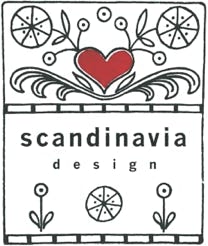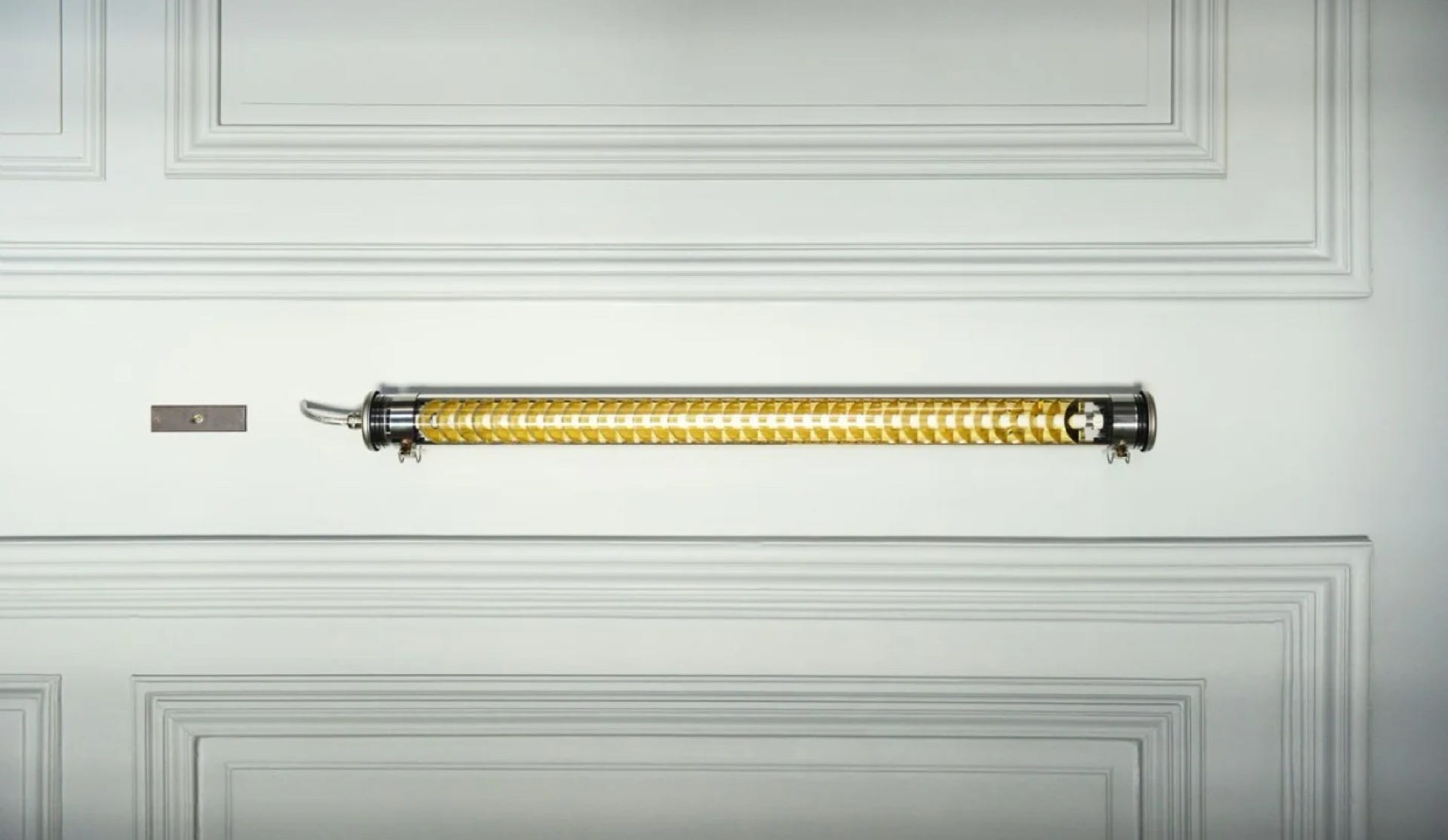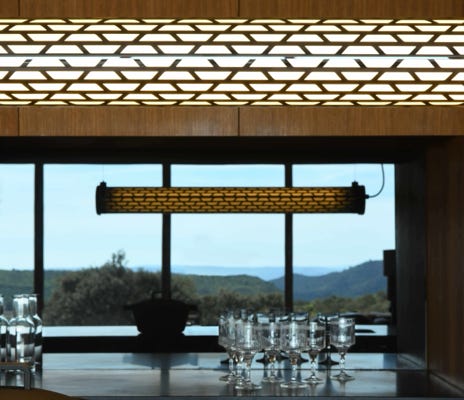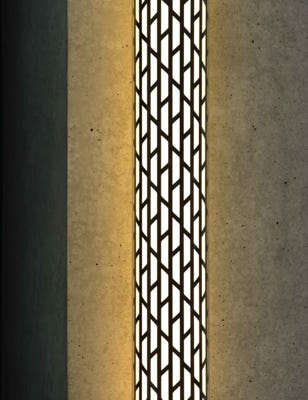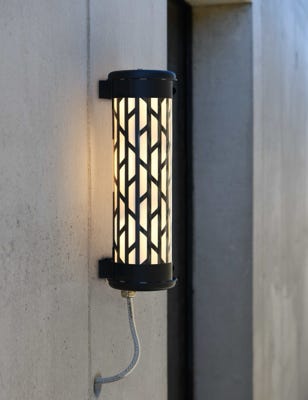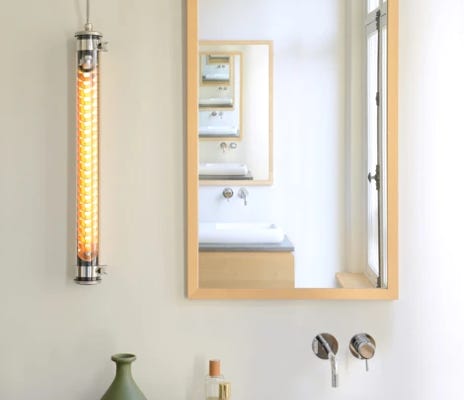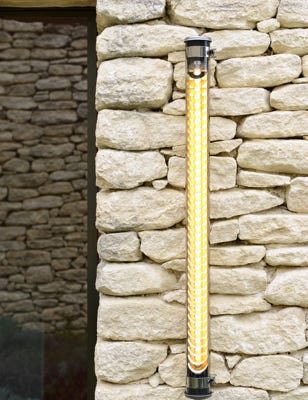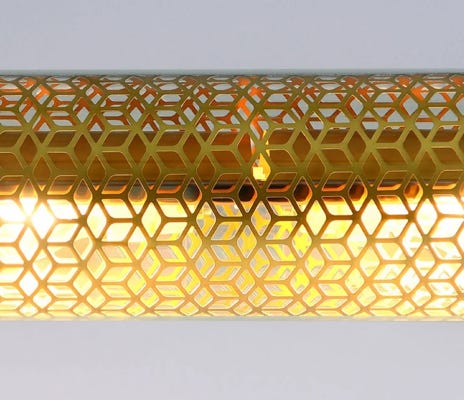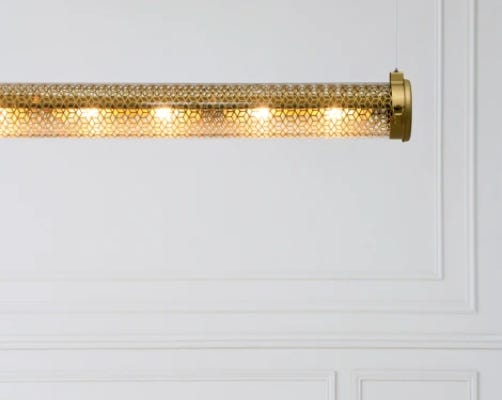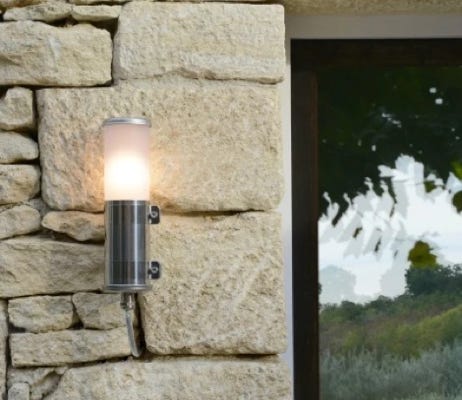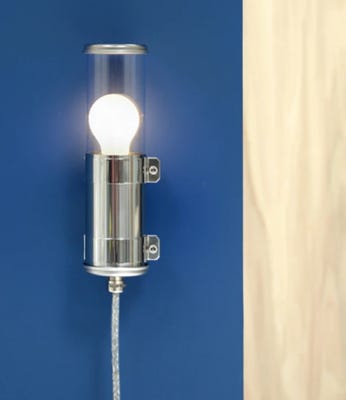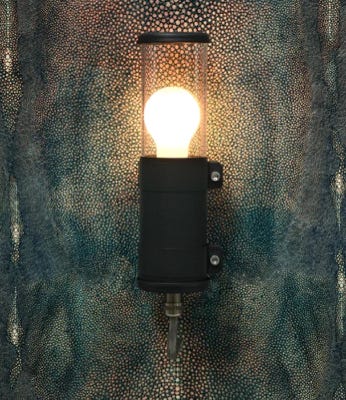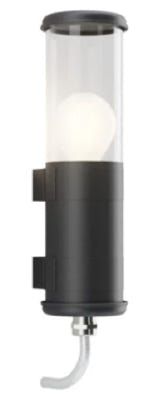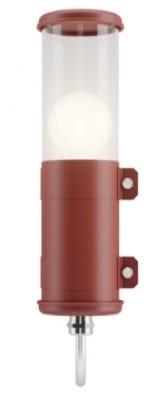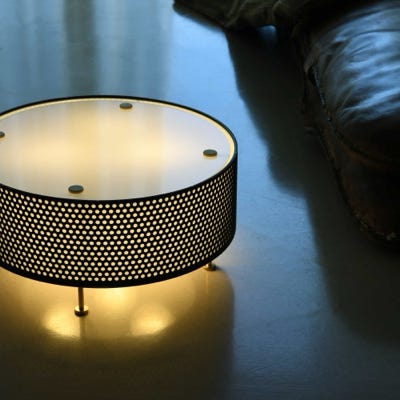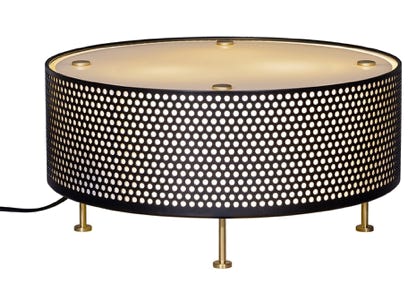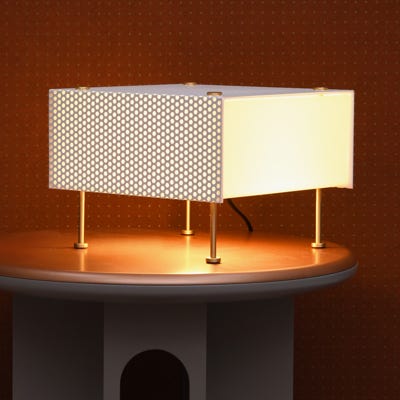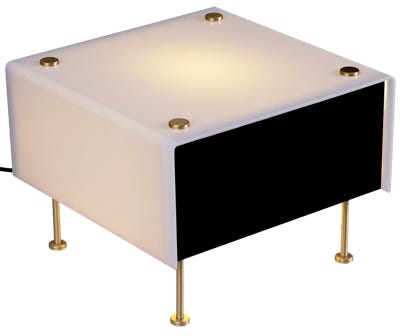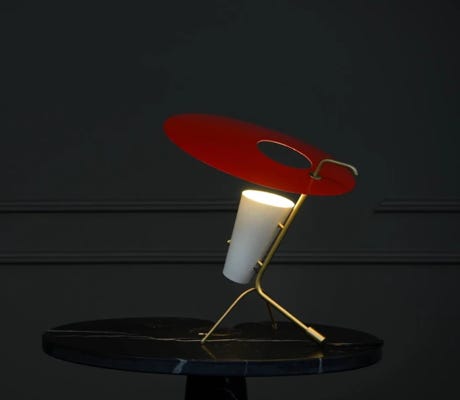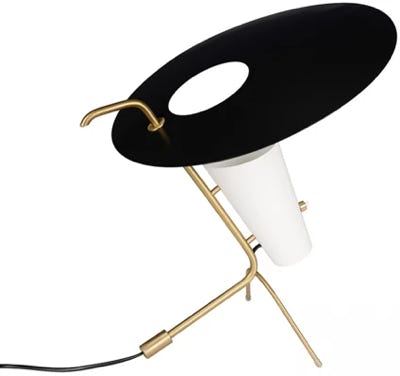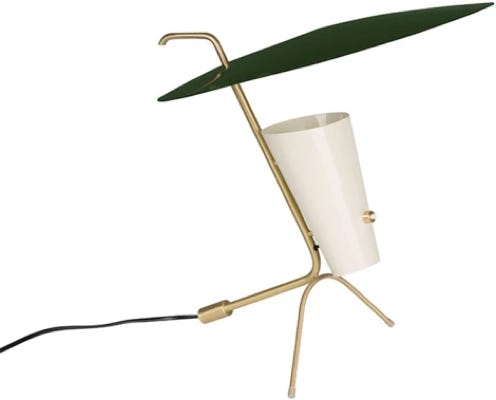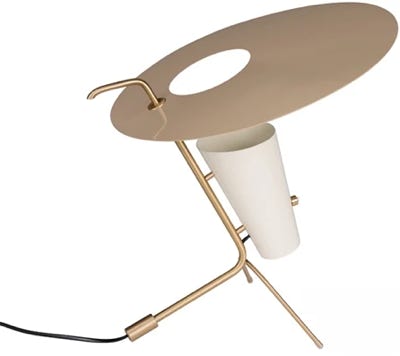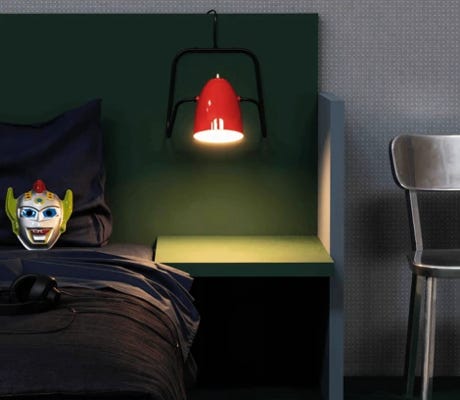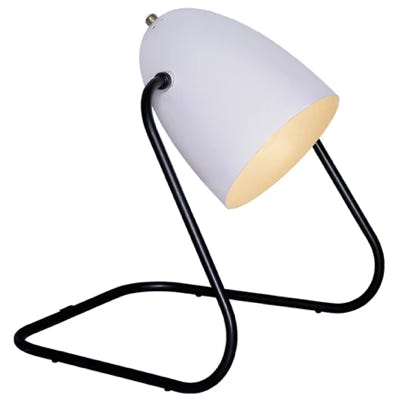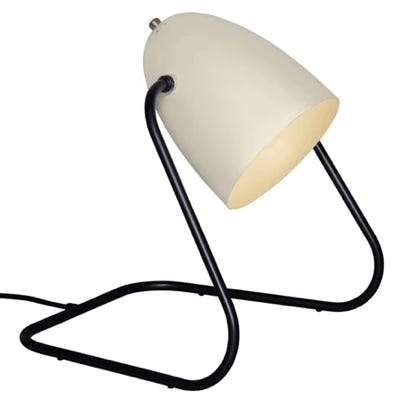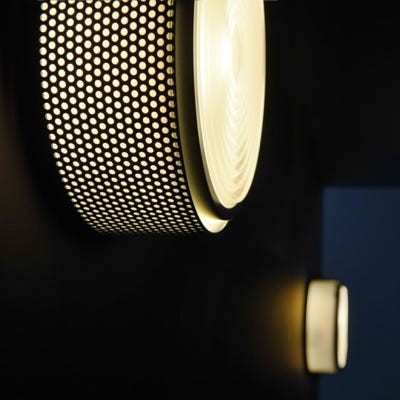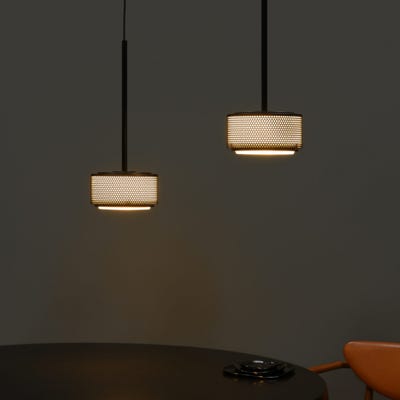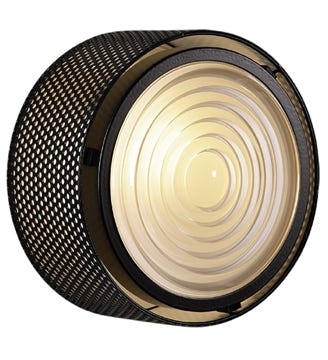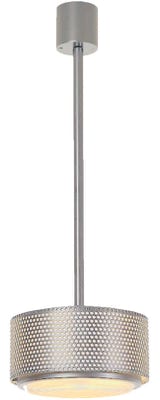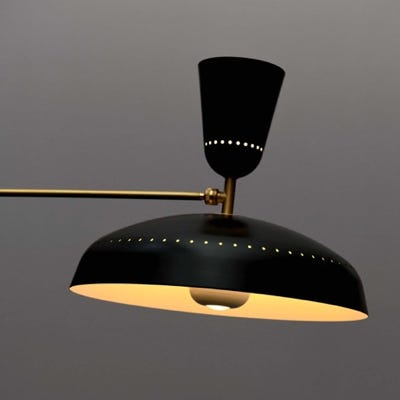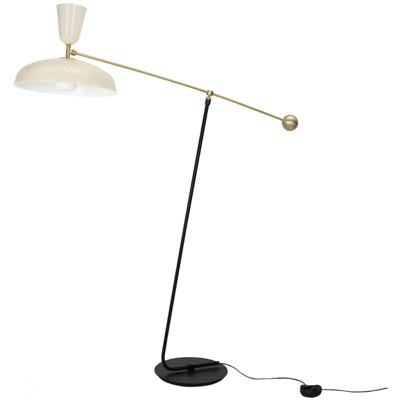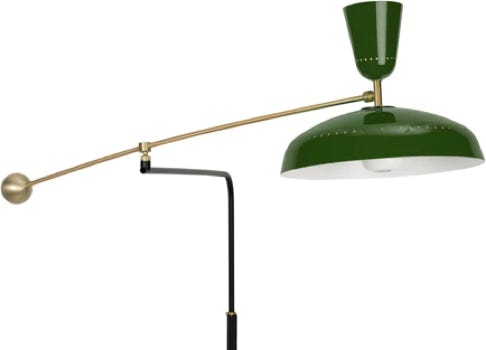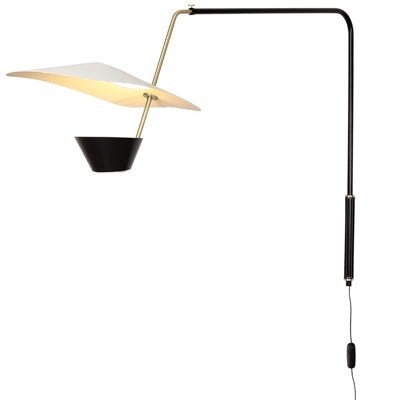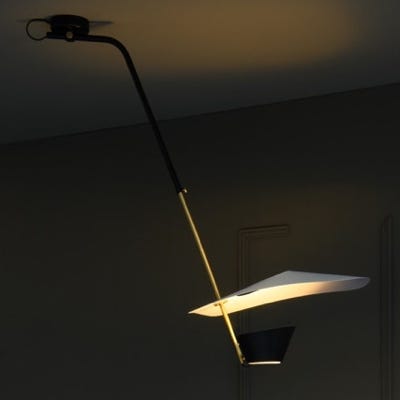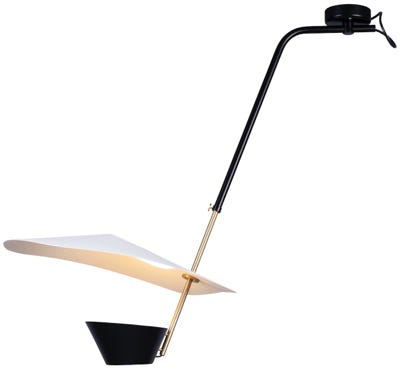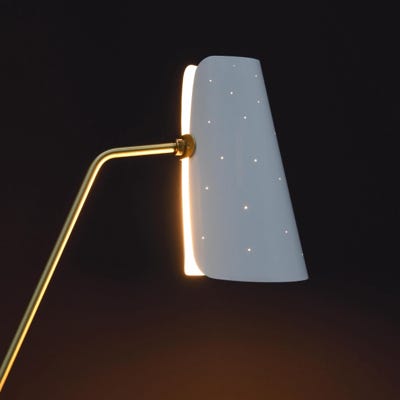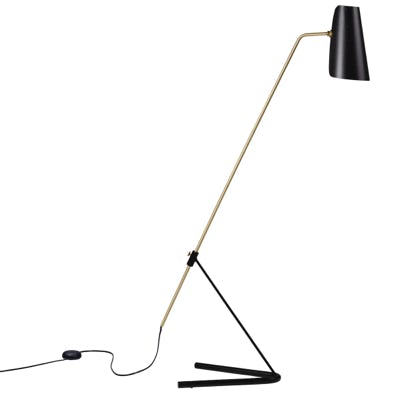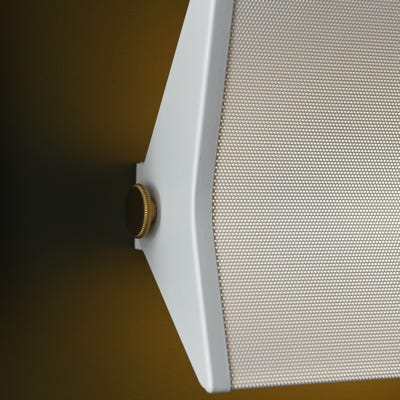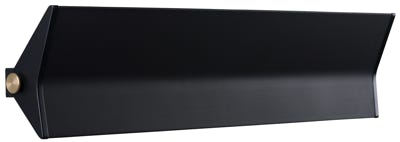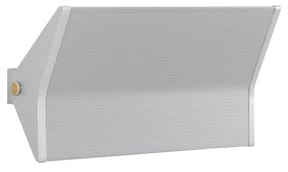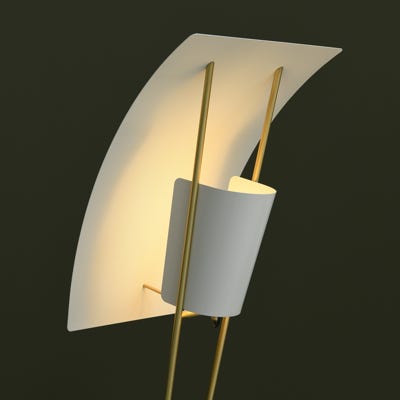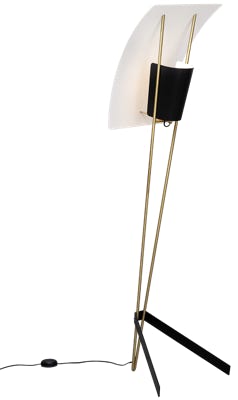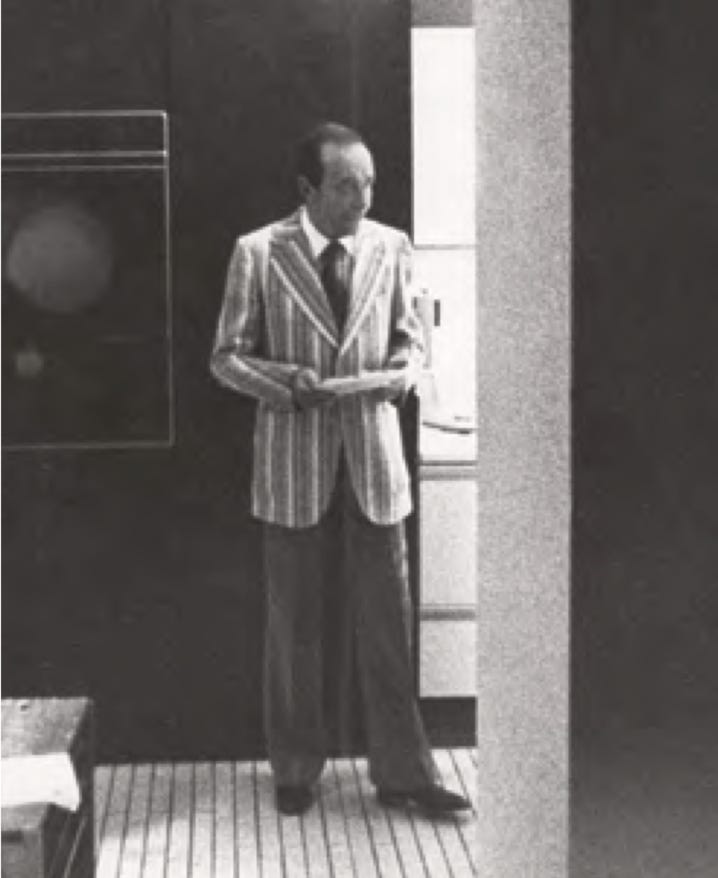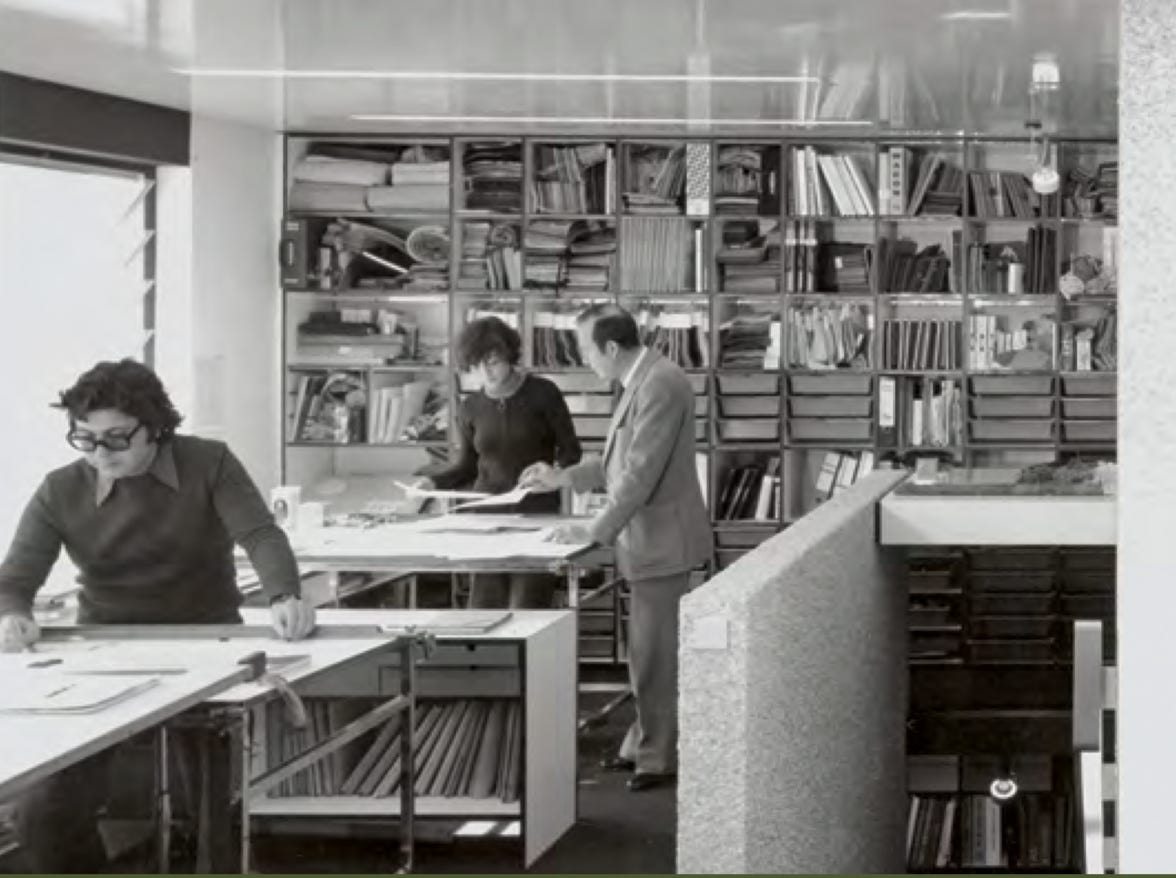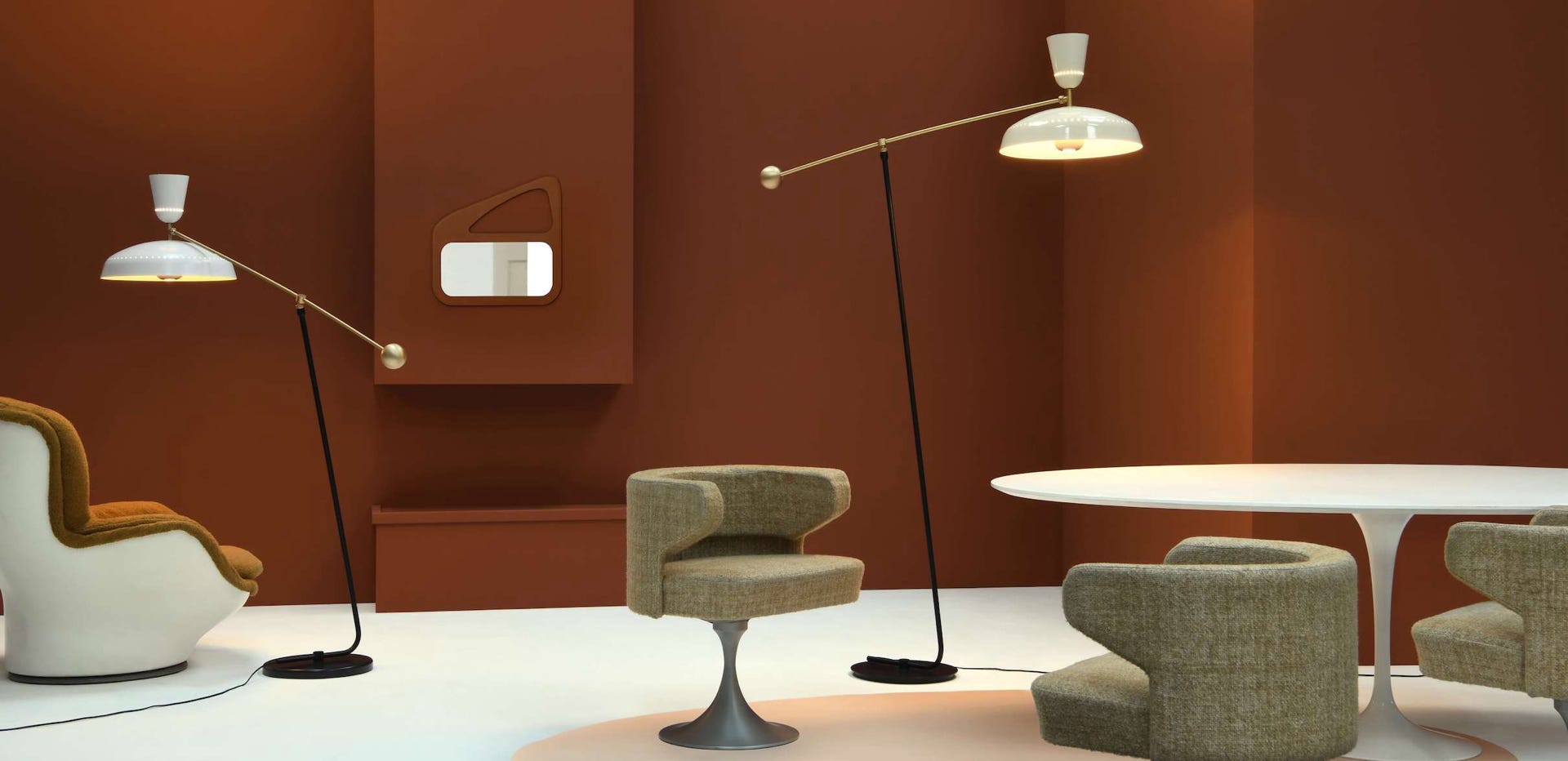
Sammode is a French company founded in 1927 in Châtillon-sur Saône, in the Vosges. Both designer and manufacturer, combining craftsmanship and industry, Sammode continues to manufacture its luminaires there, without resorting to subcontracting, which allows them to ensure their perfect quality.
First generalist, Sammode turned to industrial lighting in the 1930s, equipping coal mines and railway sites. The first « Fluorescent Hermetic Tubes" intended for extreme environments are born at the end of the 1950s: they are the famous "TFH" which equip today refineries, oil platforms, aeronautical assembly lines and nuclear power plants.
In the 1990s, this technicality was put to the service of architecture. Sammode provided, in particular, the lights of the National Library of France designed by Dominique Perrault, architect with whom began a long and fruitful collaboration.
Other artistic collaborations followed (Normal Studio, Yann Kersalé), leading to the opening of Sammode Studio, a branch dedicated to decorative lighting. The meeting with the descendants of Pierre Guariche (1926–1995), one of the greatest French interior designer, allowed the ambitious reissue of his most emblematic lighting fixtures.
Tubes collection
Pierre Guariche & Michel Mortier collection
Pierre Guariche
Son of Parisian goldsmiths, Pierre Guariche (1926–1995) was just 19 when he first attended the capital’s École Nationale Supérieure des Arts Décoratifs as a student of Interior Architecture. One of his lecturers there was to shape his practice profoundly: René Gabriel was one of the forerunners of industrial design and committed evangelist for mass production. Another key influence was Marcel Gascoin, the designer who embraced and promoted the principles of social rationalism, whose studio the young Guariche joined in 1949 after graduating. He would spend two years there before opening his own design agency in 1951. His central commitment was to the design of modern, rational furniture and lighting that could be mass produced using new industrial processes to make them affordable to as many people as possible. A laudable challenge!
In the beginning, Pierre Guariche had no choice but to have his designs manufactured in very small quantities, which he sold from his apartment. To raise his profile, he had no hesitation in exhibiting his work, not only in France at the Salon des Artistes Décorateurs and Salon des Arts Ménagers, but also abroad at prestigious events such as the Milan Triennale. The work was well received by the public, and manufacturers began to take an interest in him. In Paris, the M.A.I. Gallery, which had already promoted the work of Alvar Aalto, Max Bill and Charlotte Perriand, accepted his work and produced a few pieces. Guariche’s goal was clear: to work for the best manufacturers of the time, or at least those open to new forms and innovation. Airborne and Les Huchers-Minvielle were followed later by Meubles TV and Meurop in manufacturing his furniture, Steiner his chairs and Disderot his lighting.
The orders flowed in. Committed to the idea that there is strength in unity, Pierre Guariche brought in two previous colleagues from the Gascoin studi—Michel Mortier and Joseph-André Motte—to work alongside him. Together, they founded the Atelier de Recherche Plastique (ARP). The association was to be short lived (1954–1957), but decisive, because it asserted a necessary change in furniture and lighting in terms not only of its design, but also of its fabrication and distribution. The triumvirate saw it as the only way to achieve true modernity.
Pierre Guariche led from the front in terms of design and interior architecture. This was a man who championed experimentation and was always more than ready to use new materials. The Tonneau chair designed for Steiner in 1952 was the first moulded plywood chair to be marketed in France. Produced in 1963 by Les Huchers-Minvielle, his famous Vallée blanche lounge chair was lauded for its inventiveness, and deemed of equal merit as the Charlotte Perriand/Le Corbusier/Pierre Jeanneret Chaise Longue.
In the 1960s and 70s, Guariche turned his focus more towards interior architecture. He designed and furnished a myriad of offices— for EDF in Compiègne for instance —, headquarters buildings —including for Sonacotra in Paris — and public buildings, such as the hospital in Firminy and the Maison de la Culture designed and built by no less a name than . . . Le Corbusier.
On another tack entirely, Pierre Guariche contributed to the development of high-profile tourist resorts on the coast and in the mountains. He designed the interiors for the Résidence Athéna apartments on the beach in Bandol, while in the mountains it was a restaurant and disco at Isola 2000, and a vast programme of developments for La Plagne, including accommodation, two hotels, a chapel, a bank, a pharmacy, cinemas and shopping centres. This inveterate skier would even go on to design the gondolas for the cable car.
In Évry, near Paris, Guariche designed the interiors for the law courts and the Préfecture for the department of Essonne. Permanently at the cutting-edge of innovation, some of his chairs were designed with input from a newly created experimental facility: the Atelier de Recherche et de Création (ARC) at the Mobilier National, the National service agency responsible for furnishing the most prestigious offices of state. In 1965, Pierre Guariche was awarded the René-Gabriel Prize that rewards “designers of innovative, democratic and affordable furniture of high quality”; the ultimate recognition of his role in the history of modern mass-produced furniture and lighting.
